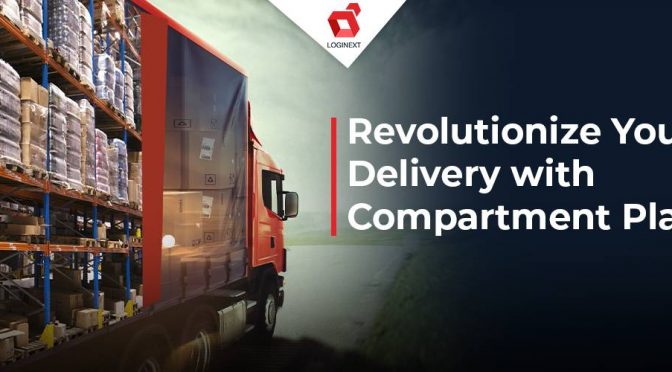
Revolutionize your retail delivery operations with compartment planning. This innovative strategy allows for the efficient transport of various goods in a single trip, optimizing vehicle usage and reducing costs. By using specialized compartments, you can ensure faster, more reliable deliveries, enhancing customer satisfaction and streamlining logistics solutions for retail chains.
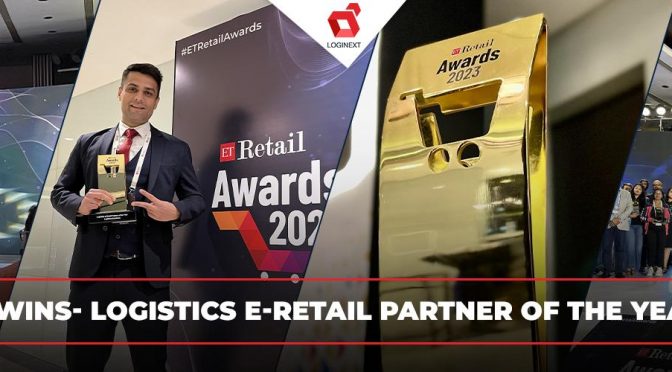
LogiNext Wins ET Retail- Logistics e-Retail Partner of the Year Award! It’s with immense pleasure to present to you that LogiNext has won the ET Retail award for the best logistics e-retail partner of the year. The awards were open to businesses that dealt with different segments like Retailers, e-Retailers, retail chains, malls, e-commerce […]
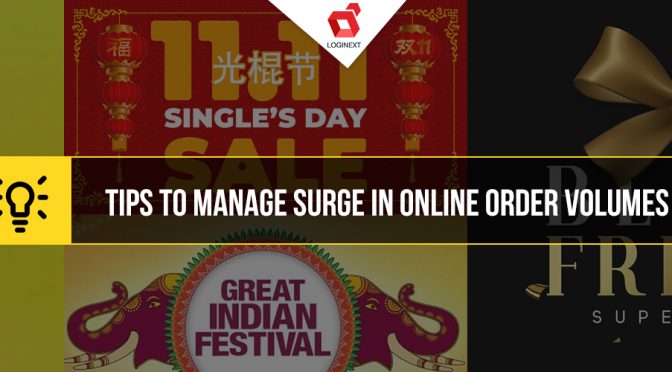
Do you have trouble managing fluctuations in eCommerce order volumes? Online sales and festivals are a key part of any retail brand’s strategy. As the festive season approaches or whenever a brand announces a special sale, there have to be preparations alongside to handle the fluctuations in order volumes. While a spike in sales […]
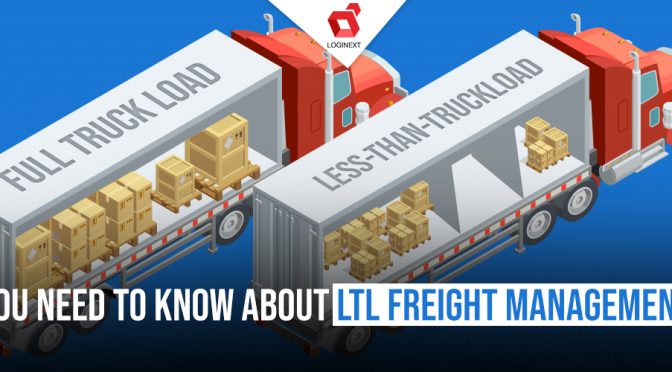
What is LTL Freight? And how can tech improve Freight Management? Logistics requirements are on the rise, with online deliveries taking the spotlight. The need to transport goods, whether from a residential area, commercial area, warehouse, hub, or nearby store, has put additional pressure on the shipping industry to ensure smarter and more efficient deliveries. […]
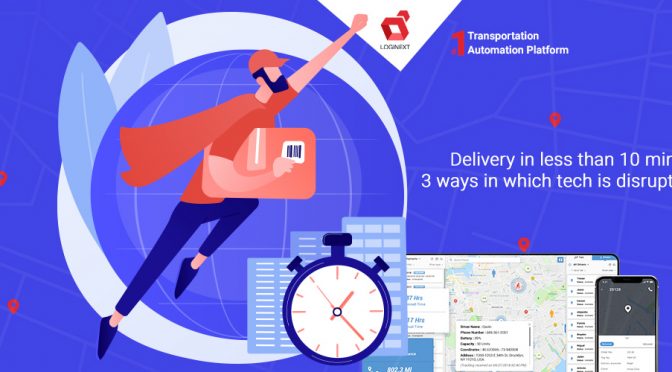
3 ways in which logistics technology is improving retail and eCommerce The age of ultra-fast deliveries is here. A revolution started by a fresh wave of technology startups, ultra-fast deliveries means delivery fulfillment within 15 or 10 minutes of placing an order. Getir, a Turkish startup that probably was the first one to come […]
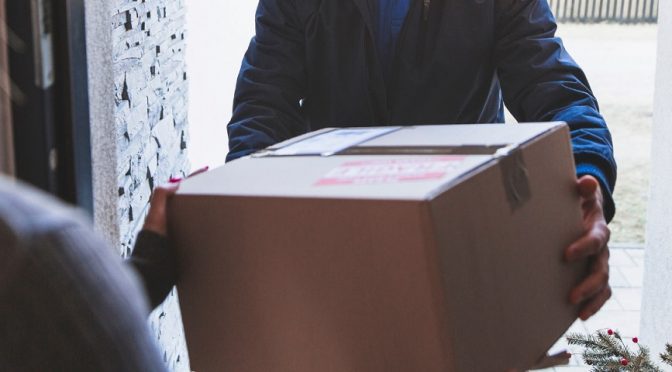
What’s with same-day or next-day deliveries? Well if haven’t forgotten important dates such as Valentine’s, Black Friday, or Thanksgiving, you won’t much appreciate the urgency of fast deliveries to save face. All’s well that ends well, and that’s why the right logistics technology, especially the last mile, is critical for flash events.
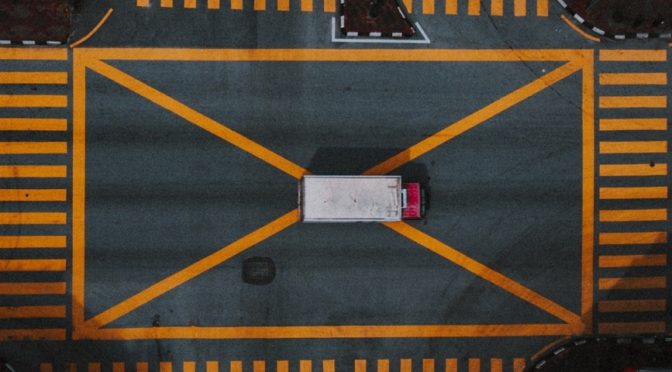
At the pace of current development, machine learning enabled delivery route optimization is the key to sustaining your brand to be consistently relevant for the upcoming future. To ensure that five years down the line you down get sidelined, get the right tech now.
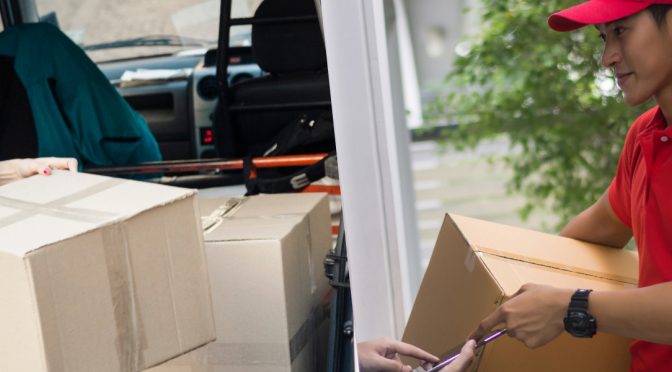
The top challenges, especially for CPG companies, are lack of proper delivery movement visibility, lack of control of actual on-ground logistics, delayed reaction time if anything goes wrong on-ground, over or under-utilized truck capacities, inaccurate estimated time of arrivals (ETAs), etc. LogiNext can help overcome all these and more.
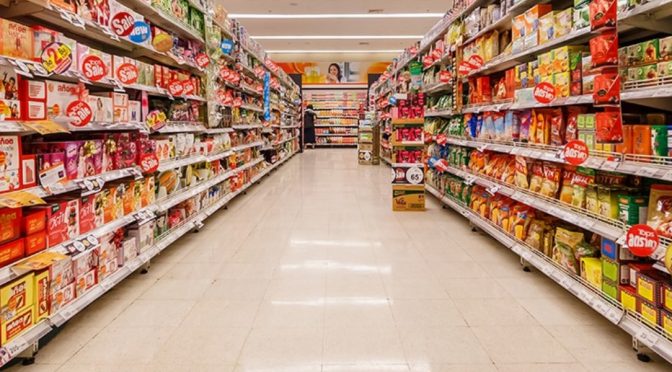
Consumer packaged goods (CPG) industry has been on a growth curve with a sustained CAGR of 10% possibly hitting $721.8 billion sales by 2020. Which side of this growth would your company stand on? One of the major driving factors for CPG, where bigger companies have their brands readily recognizable the world over, is being in the right place at the right time.
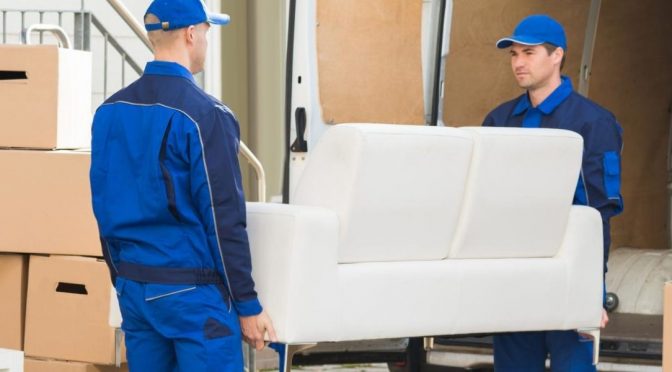
The client was one of the largest online home goods retailer in North America with more than 60 million active online users, 10 million hosted products, and 20,000 suppliers. LogiNext optimized their entire logistics movement with optimized carrier handling and high customer (delivery) experience.
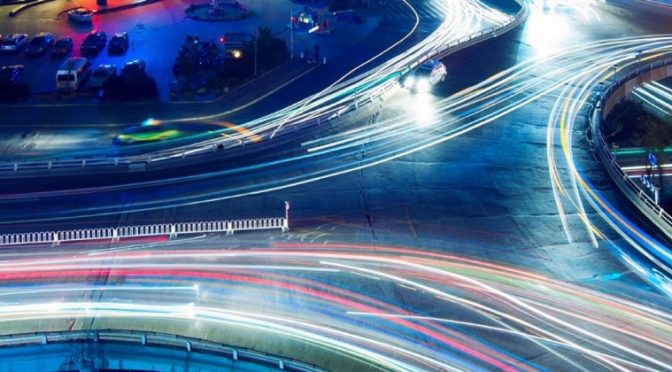
Here are the top 3 things that’ll stay strong in 2019, shape how logistics is handled, and business is conducted across the globe. With the best delivery route planning software, logistics management would be more streamlined than ever before.

Why advanced delivery route planning is great for the global economy? Customers want fast deliveries. Companies want to deliver shipments faster and more efficiently using more resources at lower costs. They also want to become more reactive and agile in their delivery movement. These industries are becoming more customer-centric which is good for the economy. […]

The current path of logistics optimization demands a keen interest of the CIO, and this article is directed to bring them up-to-date with the benchmarks they should look for, paving the way for better business opportunities.
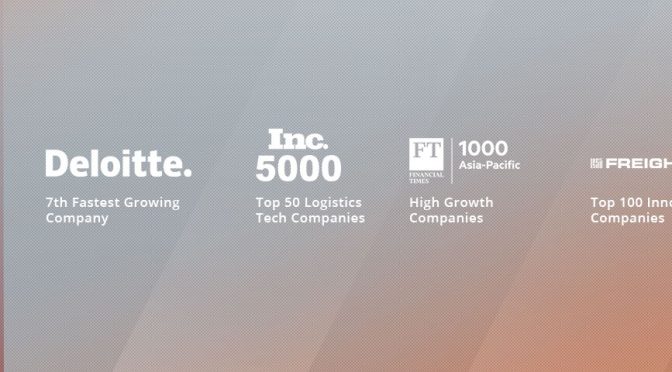
Tech is driving industries faster and faster. CAGR is keenly watched everywhere. Such tech needs leaders, and LogiNext has claimed its place, time and again, at the top of the chain.
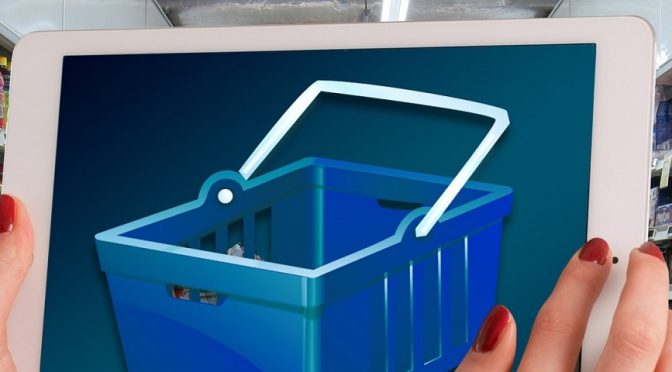
Retail and e-commerce are moving fast and merging along the line into a singular platform. What is driving this behavior for these mega-entities? What is the one factor which is bringing all of retail and e-commerce onto one platform?
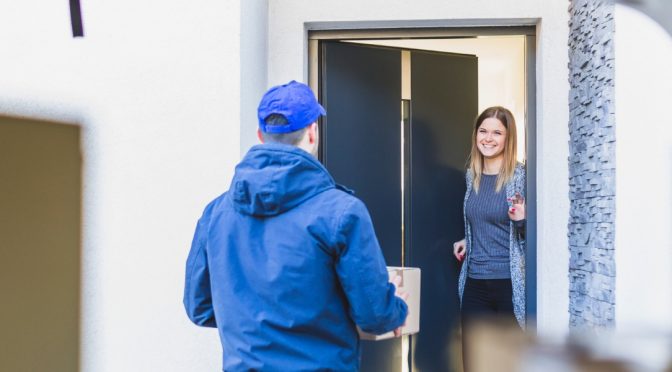
The Southeast Asian region would grow at 32% CAGR, reaching about $88 billion by 2025, Indian shores have taken up e-commerce strongly. Here, the market is slated to reach $64 billion by 2020, $200 billion by 2026, and surpass the U.S market by 2034
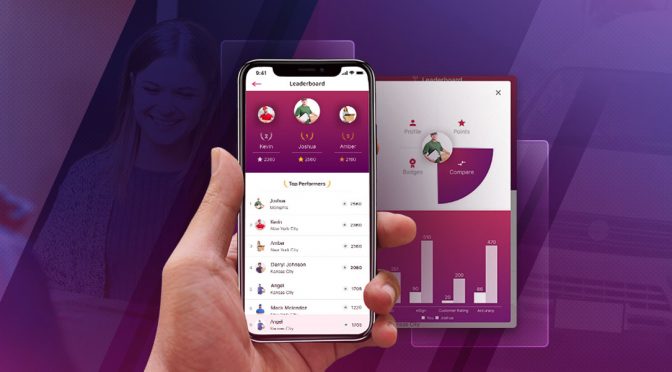
With LogiNext, high-end machine learning enabled logistics optimization rounds off at the end with human-driven achievements. In the world of fast-moving deliveries, this balance creates a sustainable and scalable model of efficiency.
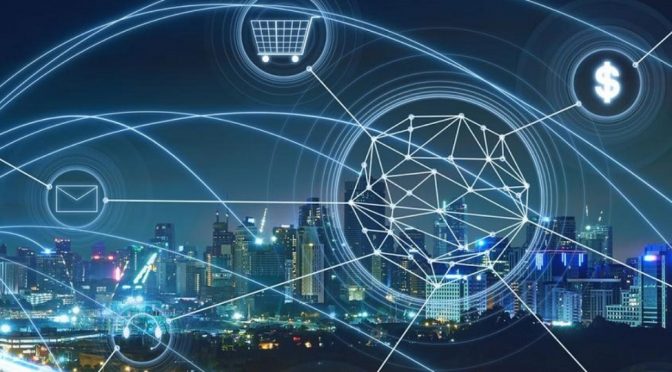
Internet of things (IoT) with the latest in machine-learning backed algorithms are the way logistics would be optimized to meet all customer demands and requirements, right from fast shipping, live tracking and notifications, and on-time delivery with optimized final mile movement.
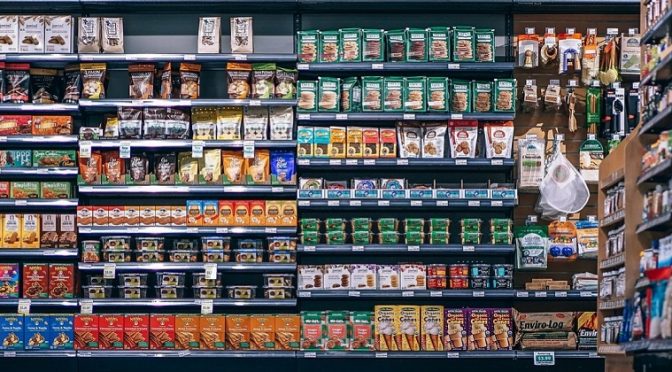
Retail, as we grown to recognize it, might not exist in the near future. This isn’t another retail doom warning. On the contrary, it’s about how the retail and e-commerce space is fast evolving. These players must give convenience wrapped in a neat delivery experience.
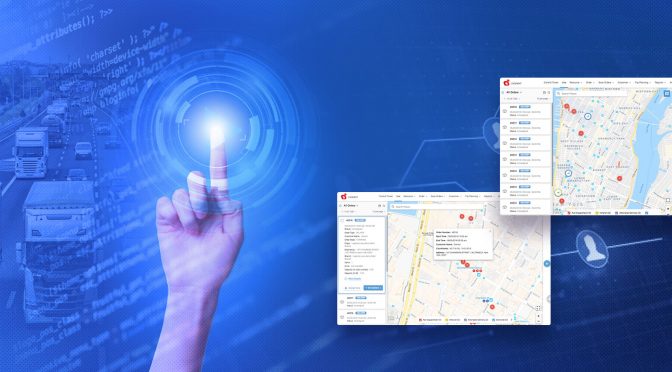
Gone are days of static analysis and planning. Deliveries are made not within charts and tables. They are made live, so should their scheduling and routing. All live. You know everything one glance, you can do everything in one click.
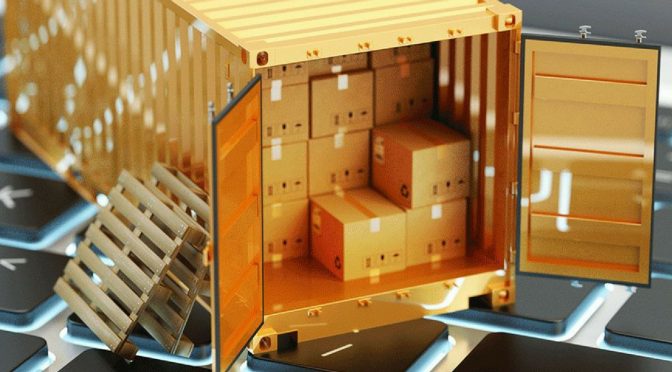
Amazon’s prime day upped the utilization of their fulfillment centers by over 25%. They have made their logistics leg into a powerhouse which they keep leveraging to get ahead of the competition. O one hand they are losing money and on the other, they are continuously building value, much more than any other company. What’s the key here?
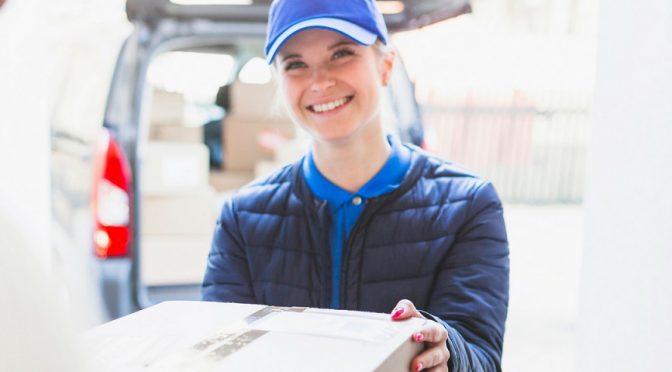
Companies can compete by making a better product. But it’s no longer enough. The company also must create a great delivery experience for the customer. Proper logistics movement optimization is key, not just to ensure quick and on-time deliveries, but also to boost customer satisfaction and retention.
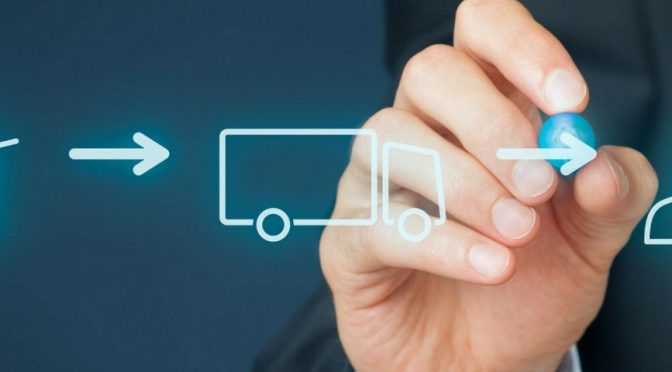
Ever wondered how some of these big-name e-commerce companies across the globe manage international sales events? It is only possible with tech creating shorter delivery routes and more successful (on-time) deliveries per day. This tech is the crux of what makes same-day delivery, not just a phenomenon but a reality.

Tech investment is not something you just write-off in your balance sheet, it’s about building for the future. With on-premise servers, even though the cost diminishes over time, their outdatedness increases. What’s the point of owning a cost-effective system which was relevant three years ago?
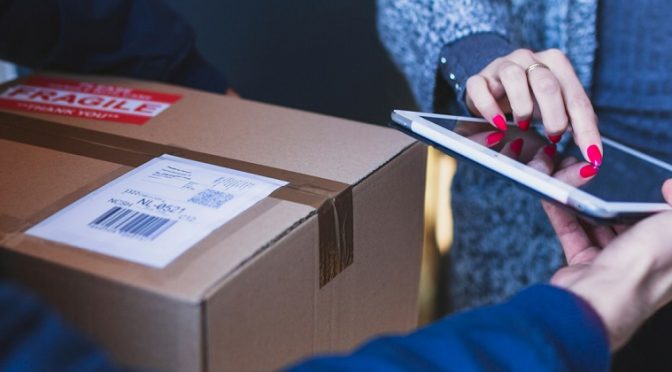
It’s costlier to acquire new customers compared to retaining them. With proper logistics optimization, companies can not only retain customers but also boost satisfaction and lifetime value. In this age of booming retail and e-commerce, logistics optimization is the best asset a company can have.
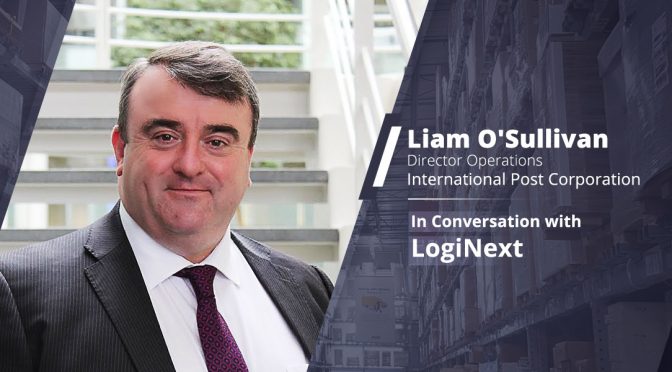
Today we speak to an industry veteran with close to two decades of raw delivery management experience. Liam O’Sullivan has earned matchless following and adulation in his career. He is the Director of Operations at International Post Corporation (IPC), Brussels, Belgium.

With technology, innovation is always around the corner. Some more than others. We have all seen the hikes in interest and following for tech innovations to have them fizzle out. We are at the start of such an upswing. Take a step further back, and you will get to the topic, Blockchain.
LogiNext’s field workforce optimization is machine learning-enabled planning engine which pulls in all the constraints such as preferred time slot visits, avoiding repeat visits, avoiding overlap or mirroring, and also to optimize the service time or time spent at each outlet
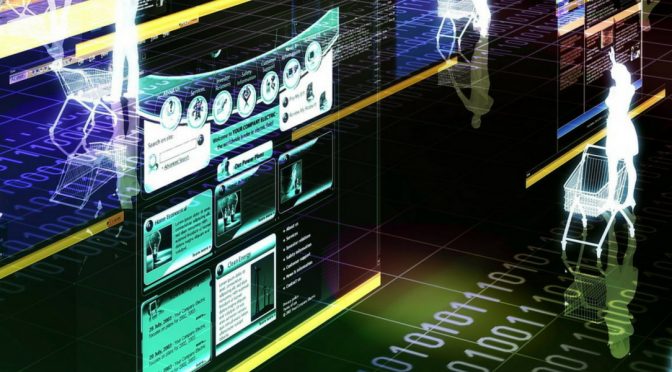
The World Bank has said logistical costs swallow up around a quarter of Indonesia’s gross domestic product, citing bottlenecks in supply chains, long dwelling times in ports and lengthy trade clearances. Indonesia’s e-commerce sales are set to rise from 3 percent of retail activity now to 19 percent by 2027, Morgan Stanley estimates.
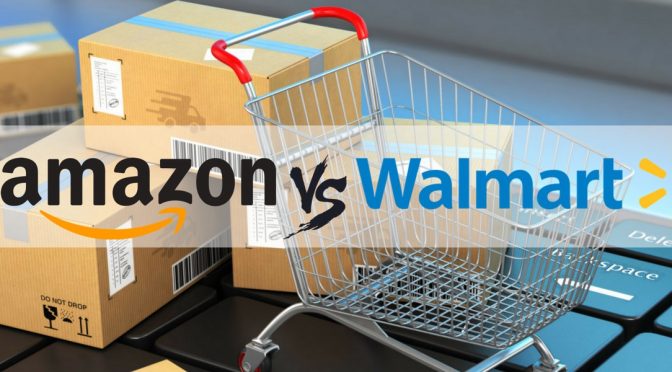
We have seen the Walmart acquiring Jet, Bonobos, Modcloth, and Shoebuy while planning to set up around 1000 pickup locations for online grocery shoppers. Racing Walmart to the front is Amazon with its grand acquisition of Wholefoods to enable faster deliveries with multiple pickup options.

Static planning is a function of yesteryear. Wake up to new-age dynamic route planning for your field agent management. Most of Fortune 500 companies are maximizing the value of their active field agents using intelligent planning and optimization. It’s the most appropriate tool at the hand of managers to reduce costs and improve efficiency.
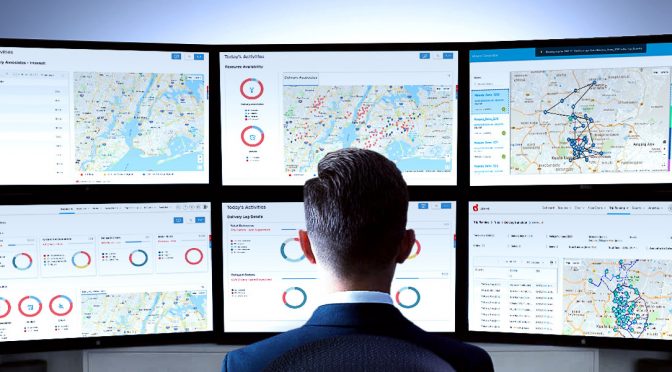
Technology has enabled us to record, plan, allocate, dispatch, track, validate, and analyze all freight movement from a single dashboard with clear and real-time actionable insights in an easy-to-understand format. This leads to an agile, reactive, and dynamic setup for a company’s transportation management system.
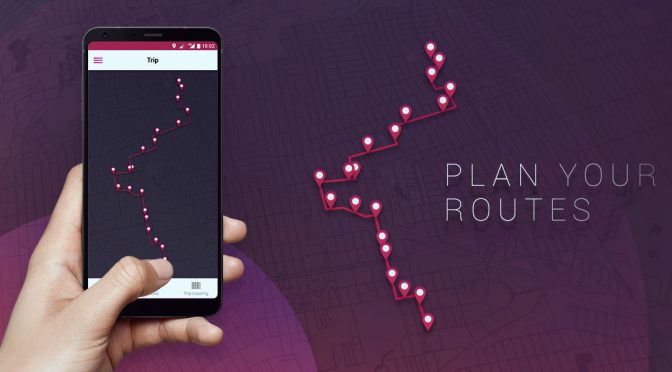
Optimization is doing more with less while sustaining (or bettering) the efficiency of operations. With multiple orders and shipments constantly moving with an excess of customer requests and demand, fulfilling on-time deliveries consistently not only saves costs but also increases the overall brand value for the company.
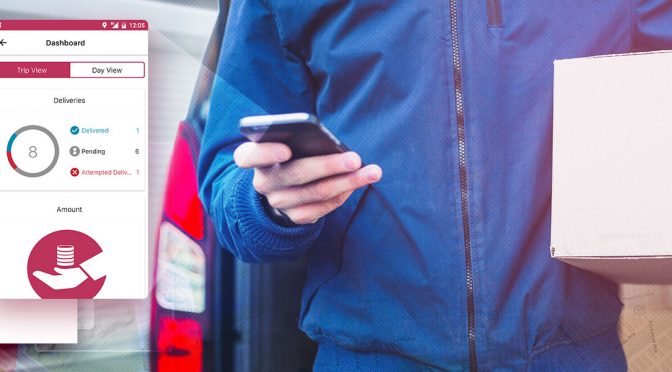
With effective schedules and permanent journey plans for the delivery and field agents, resource movement cost can be reduced while increasing overall resource utilization. Shorter distances traveled with lesser detention leads to higher number of deliveries fulfilled and visits accomplished.
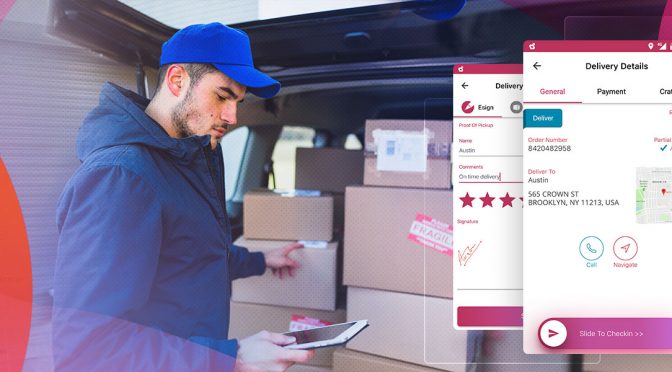
Enterprise mobility solutions are unlocking a new phase of benefits with respect to resource movement efficiency. With multiple industries and markets getting more and more focused on consumerism while finding new and better ways to satisfying the increasing global retail and e-commerce demand.
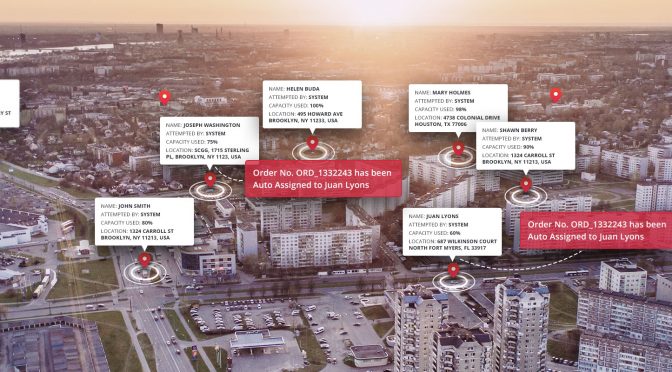
Under-utilized capacity carries a clear cost which adds to the cost-per-unit carried by the resource. It isn’t feasible to run under-utilized resources to fulfill the ever-increasing demand created due to expectations of on-demand, same, or next day deliveries. On-demand and preferred slot delivery (or pick-up) is made more efficient with the use of an auto-allocation engine.
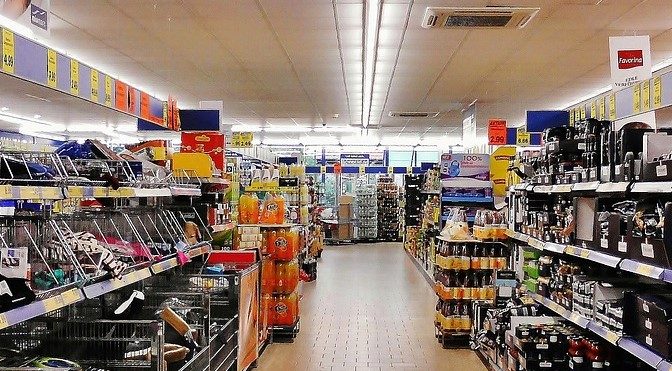
Traditional trade occupies close to 90% in key developing markets. By leveraging cloud-based technology, last mile delivery can be optimized for such distribution networks, bringing in organized patterns within the industry and generate more value for all the stakeholders involved namely the retailers, the distributors, the manufacturers, and the end-customers.
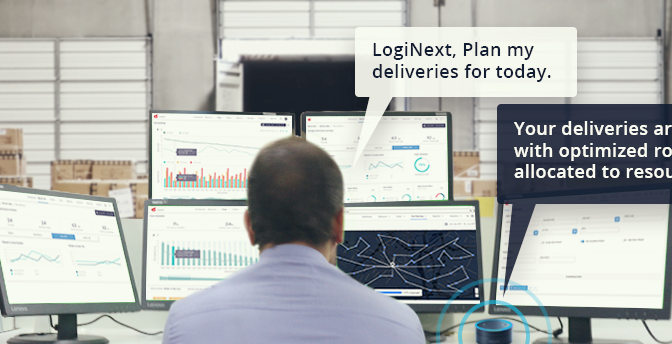
We recently integrated with Alexa, Google Assistant, Cortana, and Siri. Now, the manager can simply relax and instruct their personal assistant to fetch the information for them. Almost anyone can use the personal assistant without any hassle. It doesn’t matter if they are tech-savvy.
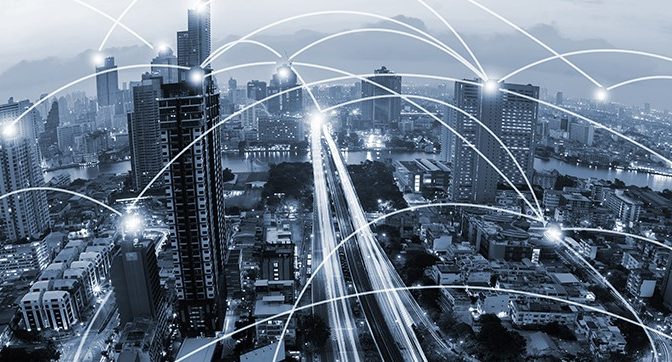
We saw last mile delivery being used as the key input in all omnichannel strategies. We saw localization in distribution strategies centered around making last mile delivery more effective. We also saw machine learning being implemented successfully in logistics and field workforce planning. These trends would be the greatest influencers in 2018 for logistics and field workforce management.
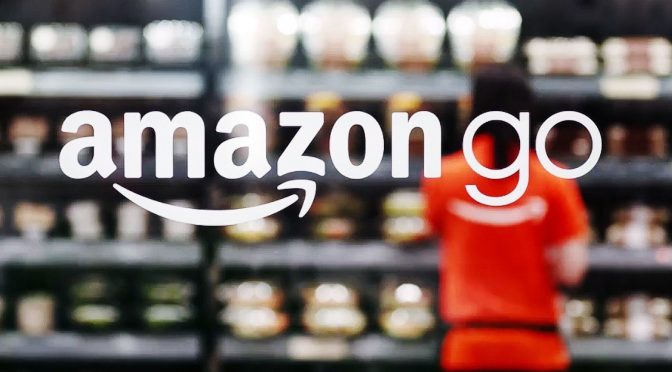
Amazon opened its first brick and mortar retail store in Seattle, Washington, United States. The novelty of this store is that customers can just pick up whatever they want and just walk out of the store. Amazon would just charge the price of the items taken to their Amazon account. They call it the ‘Just Walk Out’ technology. Would it become a game-changer or disruptor in retail?
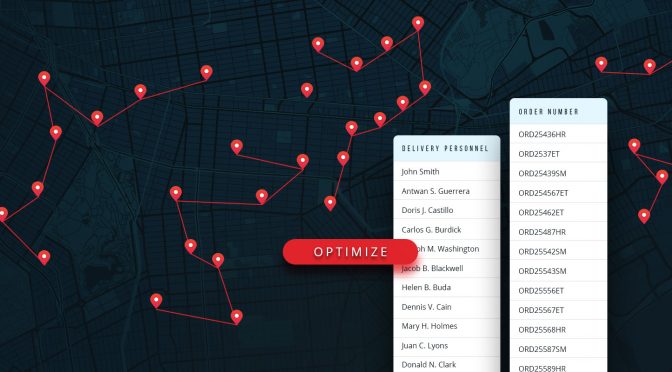
There is a way to bridge this gap, between the expectation and outcomes. And it is ‘tech-backed optimization’. Cloud-based optimization of resources, routes, and deliveries is the best way to ensure that your company not just matches industry benchmarks, but also breaks and resets them continually.
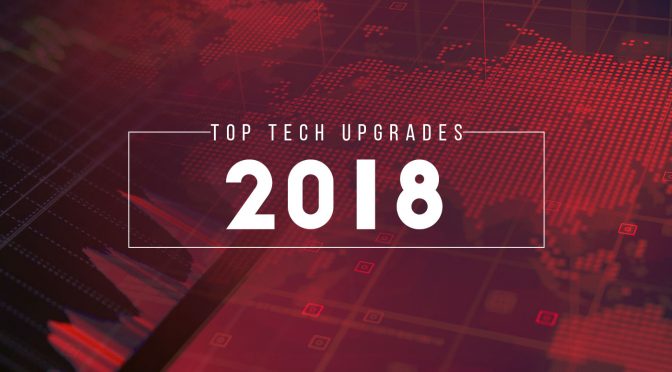
Tech evolution must always be around a purpose. The purpose of the upgrades mentioned here, and many more that are regularly communicated to the clients through mailers, is singular. To optimize resource movement with a view to reduce operations costs and improve overall process efficiency.
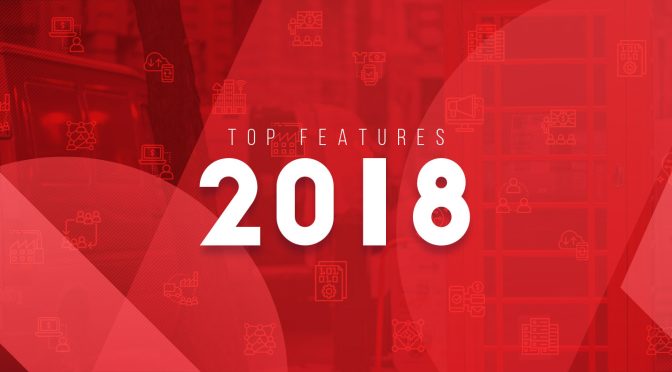
Here are the top features of the year that created the most value for our clients. These features have the highest usage among managers. These managers keep sending back their delightful feedback from time to time. Based on our own analytics and market feedback we have collated this list of the top features which created the most business value.
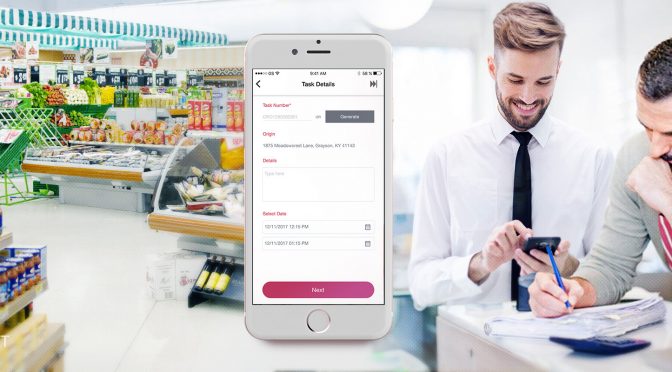
Case Study: How to Increase Sales Effectiveness by 25% in FMCG This is a story about effective field agent performance optimization and its resultant benefits. According to one of our major clients in the fast-moving consumer goods (FMCG) sector, field sales effectiveness was something that they wanted to increase as soon as possible. […]
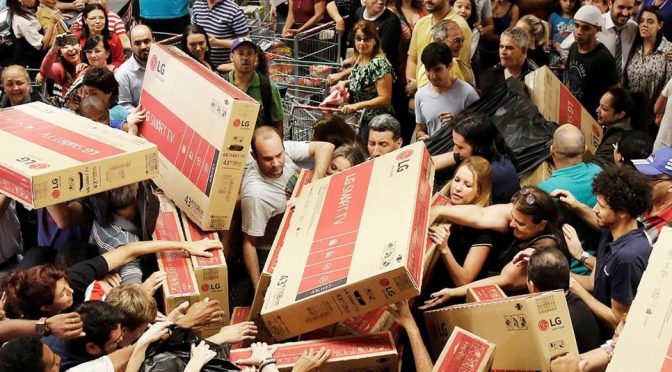
Along the heavily one-sided debate around Net Neutrality, we are once again amid the new age retail tradition of Black Friday and Cyber Monday. Consumerism has driven multiple shopping trends in the past decade. This has become a lifestyle with the entire generations falling under this craze.
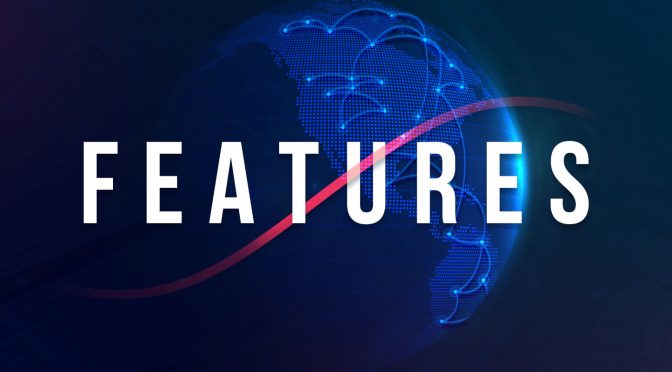
Your optimization and planning for logistics management and last mile deliveries are set to become much simpler. Here, LogiNext presents some of the best features released this month. Take your pick and find out which one applies best to your specific industry and market use cases. LogiNext’s feature release package has you covered. Here is you each feature would help you better your business.
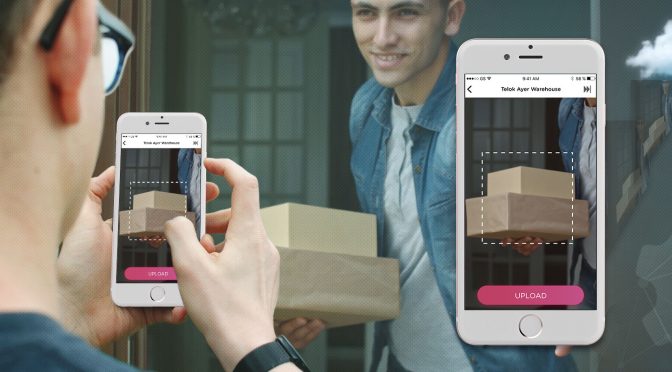
Each image holds some memory space in the delivery person’s phone and it uses some amount of data as it is transferred through the Internet to the client’s dashboard or central processing point. To ensure proper authentication, the image must have high-definition and should be clear. Storing and transferring high-def images in quick time eats up battery and data from the phone.
A billion data points. One for every 8th person in the world. One for almost every vehicle in the world. Comprehensive location tracking data points encompassing more than three continents including North America, Asia, Northern Africa, and Southern Europe. It doesn’t get any bigger than this.

It’s an adage that worked for malls before. Ambience can accentuate the value of a product long enough to merit a premium. With the advent of omnichannel aesthetics, this has changed to effective last mile delivery. The process is not just about reaching the concerned location on-time. Last mile delivery has much more to it.
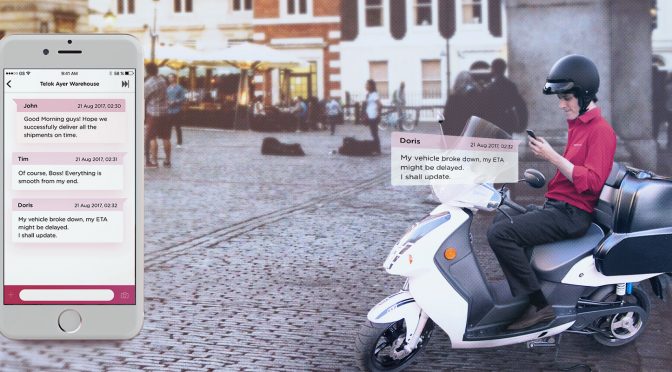
Bring your delivery management system into the new world. Communicate with your delivery personnel and track their movement while you optimize their routes and ensure on-time deliveries, right from a single app. The future of internal communications is here. Move on Slack and WhatsApp, LogiNext just changed the game.

Jack Ma inaugurated the world’s first Digital Free Trade Zone in Malaysia to boost e-commerce and small to medium size enterprises (SMEs) in Southeast Asia. Considering Malaysia’s proclivity in the Asian region, This Digital Free Trade Zone (DFTZ) would act as a perfect platform for physical and virtual business set-ups to leverage the recent boom of online businesses. Malaysia’s DFTZ is set to handle more than $65 billion worth of goods at full functionality.
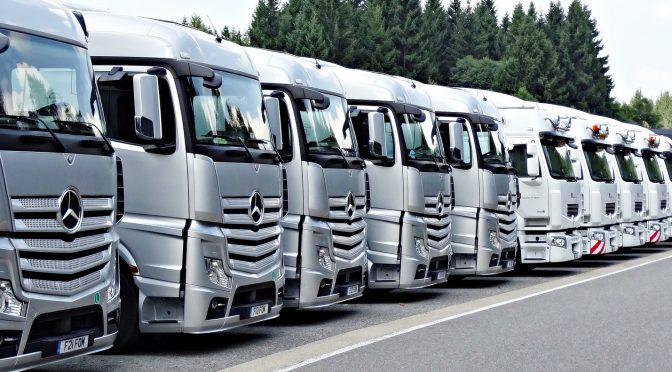
In a logistically efficient utopia, your company would be able to fulfill all client and customer desires up to perfection while delivering the complete set of created value right from the ideation to execution. Transportation management system, handled through new-age tracking and analytics, can boost your market share and customer retention within a single quarter.
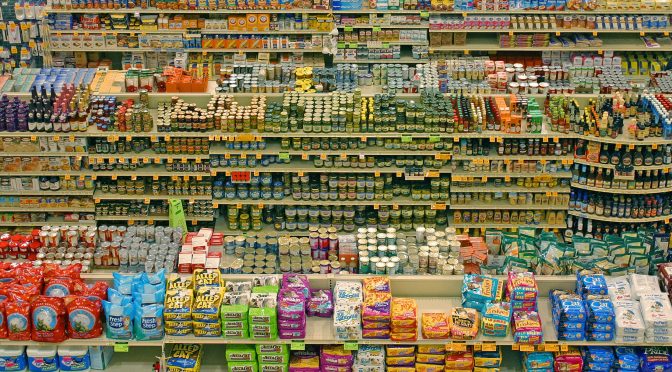
Fast Moving Consumer Goods companies across the world are building markets as they grow towards their ambitious targets. Some of these companies have high brand loyalty such as Johnson & Johnson, Nestlé, Mondelēz, P&G, Unilever, Pepsi, Coca-Cola, and even Philip Morris. Healthy distribution network is the most critical factor in guiding your products reach their intended users.

While your field agents move around, make sure their time is well utilized by topping up your field service management with real-time workforce tracking. This adds a layer of agility and responsiveness in your services. The manager can react in quick time in case of any delay or service disruption. The faster reaction time also gives the companies the ability to capture key market insights at the right time.
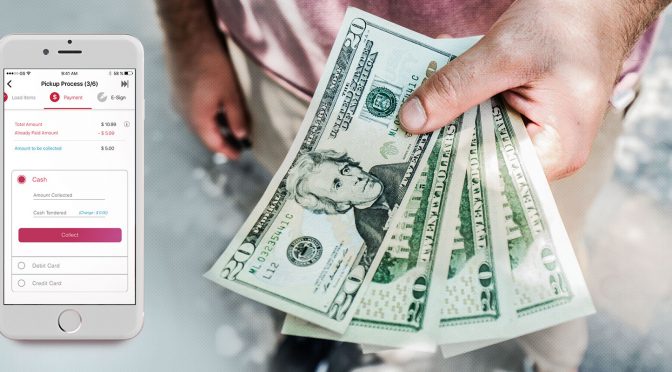
LogiNext believes in creating the best solutions encompassing the entire gamut of business use-cases. It’s not just about keeping pace with the technological developments in the space of optimized delivery management, but also about leading the responsibility for benchmarking the best practices in the industry.
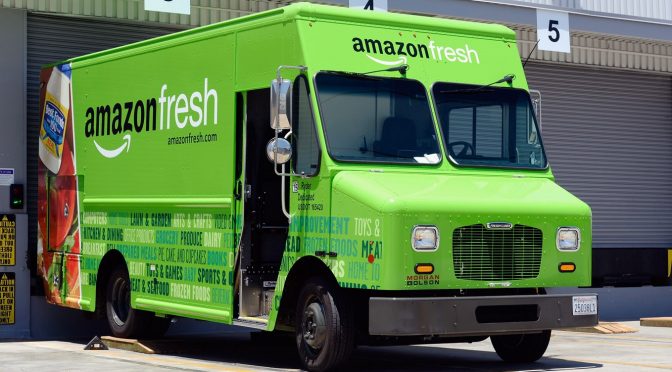
Brands ranging from Amazon, Walmart, Alibaba, Target, Uber, Tesla, and many more are diving hard into the zone of location intelligence. The biggest gainers for the same here are the Retail and FMCG trendsetters. Location Intelligence, the primal necessity of the new age, has the retail and FMCG world caught in a tight race to the finish.

How you perceive your logistics management solutions affect how you allocate and direct your last mile deliveries. Your last mile delivery management system has a purpose. It is a crucial factor in how you satisfy the market demand and that too, on-time.
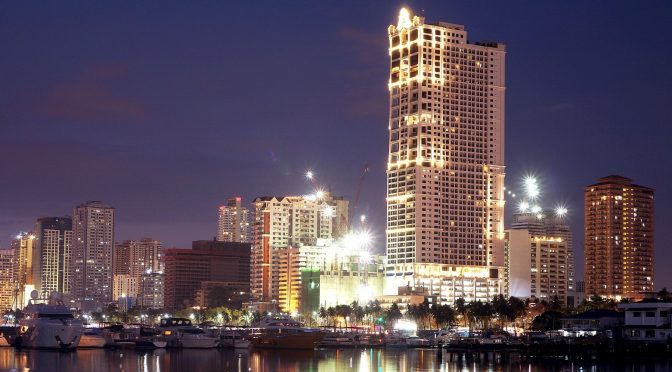
As a company, we have spread wings across the globe, but Southeast Asia is where I find the perfect summation and confluence of diverse cultural flows. There is great balance between tradition and innovation. In Manila for the Forbes 30 Under 30 summit, I can’t help but marvel the power of innovation in bridging cultural and generational gaps across the world.
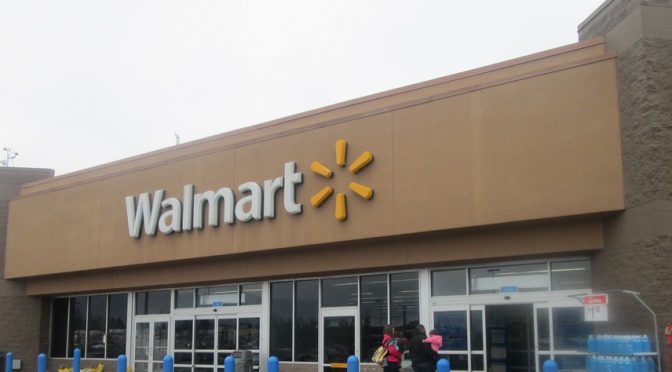
Distribution is retail has taken a new life post the rise in consumer demand across developing markets. Territorial mapping and analytics has infused the waning sector with vigor and ambition. What seemed liked the peak, turned out to be the tip of the iceberg. With these transformations, retail distribution can finally automate its distribution in terms of planning, execution, and optimization.

Our expectations as a customer have increased exponentially thanks to the ever-evolving technology. For example, now we expect our couriers to be delivered to us at our convenient location and time in the most optimum condition. According to Business Insider, “APAC accounted for 40% of global e-commerce sales in Q1 2017”
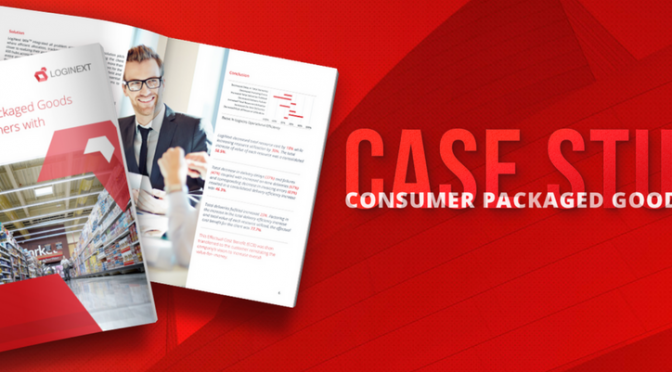
One of the largest Consumer Packaged Goods (CPG) companies in the world increased the on-time deliveries by more than 60% while decreasing their resource cost by 18% and increasing their utilization by 30%. This increased the overall value (return on investment) of each resource to an amazing 58.5%. How did they do this?

Pharmaceutical industry has a traditional field agent management network where trade channel management is the primary sales pipeline along with being the distribution funnel for the industry. Channel management is of primary importance in this sector, unlike other growing industries.
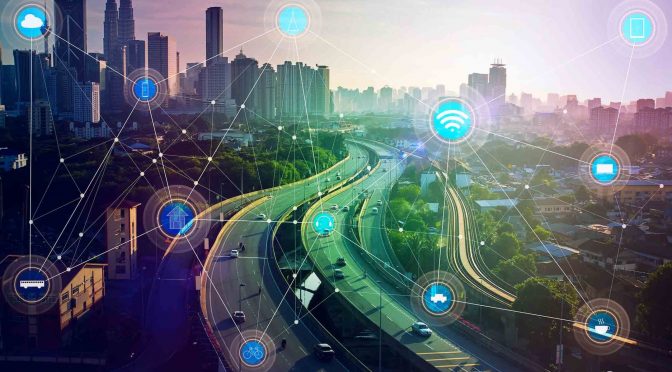
Logistics management has transformed itself in the past half of the decade backed by intense development in machine learning capabilities and data analytics. With the level of integration unleashed by Internet of Things, you can not only track the real-time location, speed, and fuel usage of your in-transit delivery vehicle, but also the calmness of the driver. Your real-time vehicle tracking can be covered by new-age routing and optimization software, whereas the calmness of the driver can be tracked through various wearable technology.
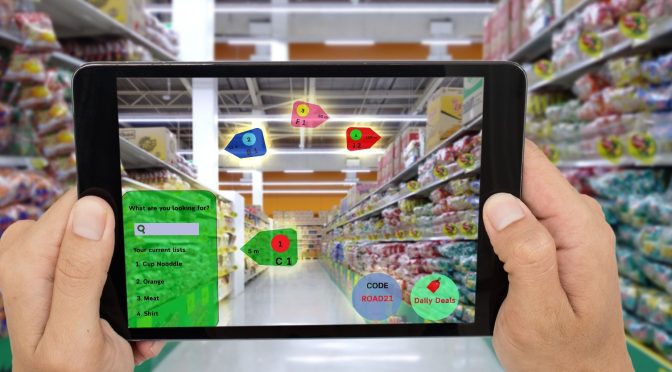
The war is on. The lines are drawn. Retail and e-commerce have locked swords. Which side are you on? If these thoughts seem ominous to you, then don’t worry. There is peace ahead. Retail vs E-commerce is a new but heated battle. They are different, but not that different.
White Paper: The Assumption Within AIDAS is Unsaid but Profound. This idea that the expectation stage of consumers can be generalized across industries and timelines, is prone to error. How does this generalization affect the decision flow of consumers? To answer this, I will help you look closely at these assumptions.
‘Industry Trends: Field Service Optimization’ is by far the most engaging piece of research I have come across in recent times. The concepts emphasized in the white paper have a little for everyone. The white paper answers some of the basic questions revolving around field service management.
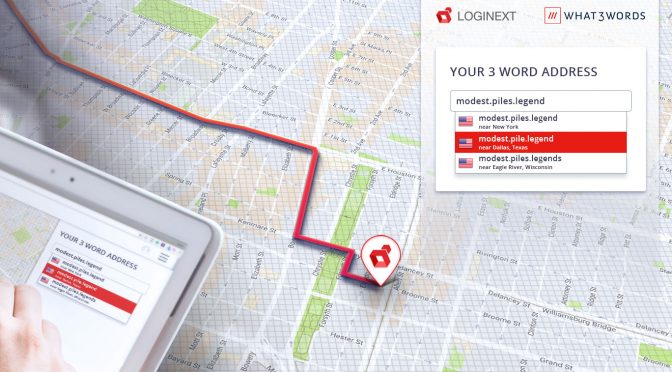
LogiNext partners with what3words, an Aramex invested-in precision location identification company, to create the most disruptive field service optimization tool the world has ever seen.

Brightest Logistics Automation Concepts for Success in Information Technology If you recall, in business history, the industrial revolution built its foundation on a level of automation using machines with assembly line functionalities. It cut down on the labor and time required to create complex products. This was a significant turn of events which led to […]

The game between customer perceptions and a company’s value proposition is an interesting one. At times, a company’s technology defines the customer’s perceptions, and at other times, the customer’s imagination drives company research.
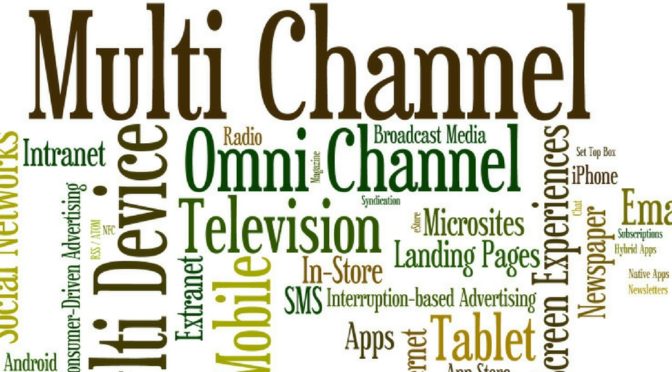
There is a clear and strong shift in the tide where several retail players have adopted the best features of e-commerce and turned themselves into omni-channel behemoths. What has triggered this change in fortunes for the average retailers?
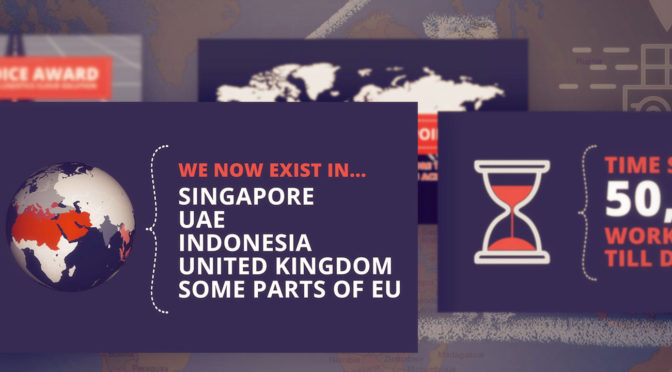
We extended our global presence across multiple countries. You might find many top companies in Singapore, Indonesia, UAE, and United Kingdom using our logistics management services for real-time tracking options. We also raised our flags in some parts of Europe. As you might already know, we are more than prevalent in USA, North African region, and India.
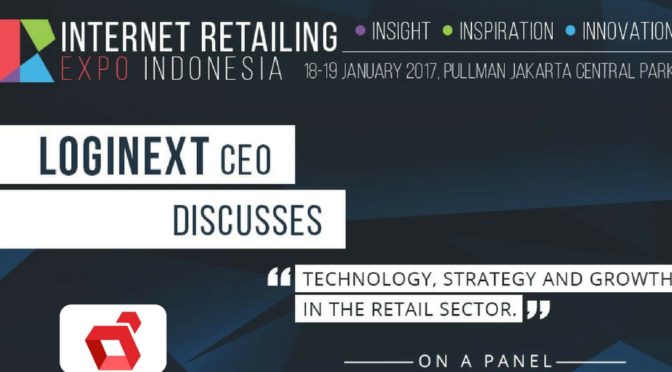
Retail field service and last mile delivery optimization has become the key driving force behind overall industry growth. Dhruvil Sanghvi enthralls with his insights at the Internet Retailing Expo, Indonesia. “If you factor in the added burden on the Cash on Delivery functionality, then it just necessitates real-time tracking”.

Your workforce is the face of your company and should be handled with care. A wrong foot with your logistic management system can turn into a disaster for your company’s image. You must be proactive while handling your field workforce efficiently to avoid any embarrassment or loss of business opportunities.

Manage your operations on-the-go! Our new mobile app allows you to take charge of your business activities, regardless of where you are. Create orders and trips, manage running operations and resources, view live tracking and status, and increase your efficiency in real-time. LogiNext Mile™ enables you to start or end trips, assign orders or change order status as per your preferred time window.
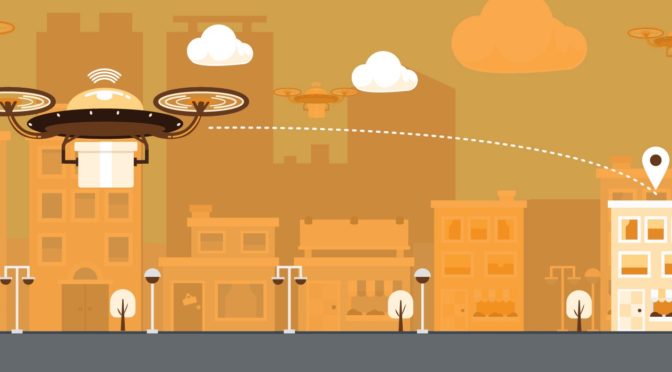
Ever played the classic Grand Theft Auto? Ever made a drone drop in the game? That’s delivery route planning. Technology has caught up to make that experience much more sophisticated. You can actually pick and drop items using just your basic smartphone.
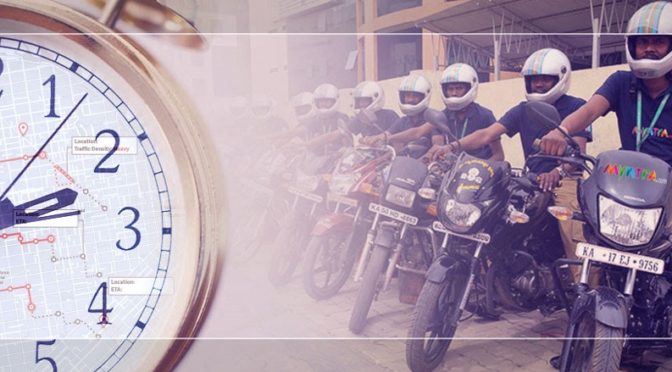
This is how Myntra used LogiNext’s cloud-based last mile delivery optimization solutions to make their e-commerce deliveries simpler, faster, and more accurate. Now Myntra can plan, allocate, direct, and track all their deliveries simply using LogiNext Mile. This is how Myntra, one of the top e-commerce companies in India, manages its logistics.
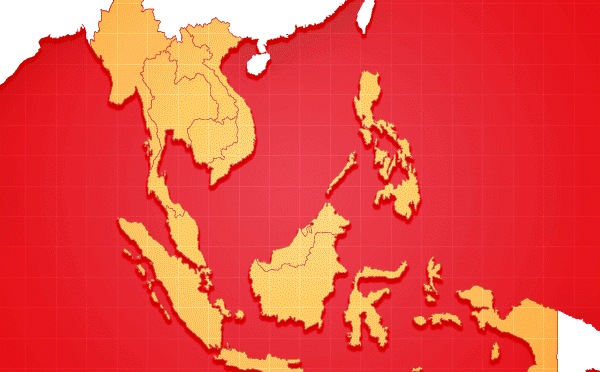
It’s time for us to say goodbye September while rejuvenating ourselves to buckle up for the upcoming Festive quarter. From Big Billion Day to Black Friday, everyone is preparing aggressively to serve the burgeoning demands of the market. But wait, did you know how we empowered our clients this September (2016)?

Netflix Originals, which has stormed the internet globally, Narcos accurately depicts the rise and fall of Medellin drug cartel across first two seasons which revolve around the drug lord Pablo Escobar and the United States Drug Enforcement Agency (DEA) trying to nab him down.
Workforce tracking technologies have been around for a while. Individuals on the field use their hand-held devices to log in project updates as and when they happen. It is just now that this process has done a back-ward integration to encompass almost all scheduling activities.
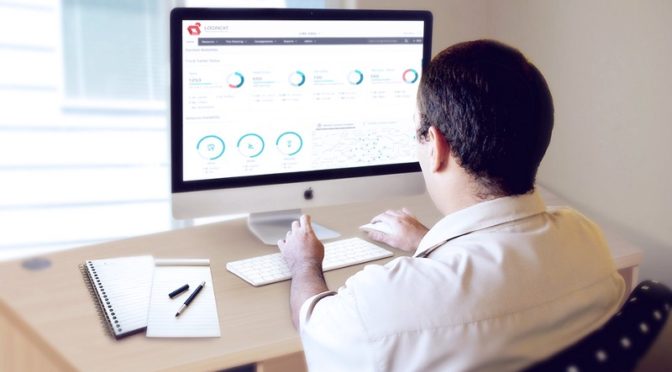
According to NOVONOUS, “Indian logistic industry presently is of whooping $300 billion” and “will grow at 1.5–2 times the GDP” suggests Empirical Evidence. The influx of startups like mushroom surfacing the e-commerce array has added to the accelerated growth.
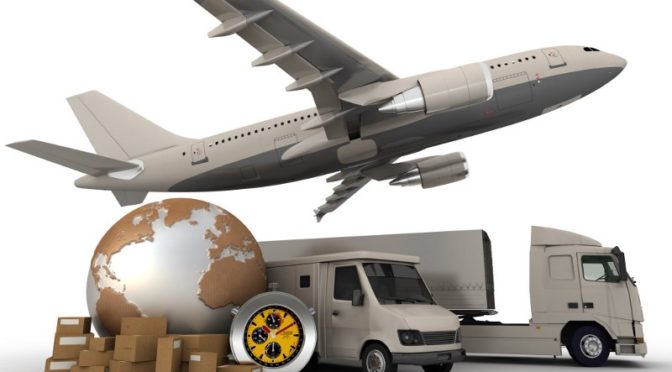
The courier and logistics market in India poses some interesting questions, especially if one is trying to find answers to these questions by means of technology. Leading the upscaling of a fast-growing logistics and field workforce optimization company, I got an excellent opportunity to solve the problems posed by this industry from a technology standpoint, some of them were as follows.

